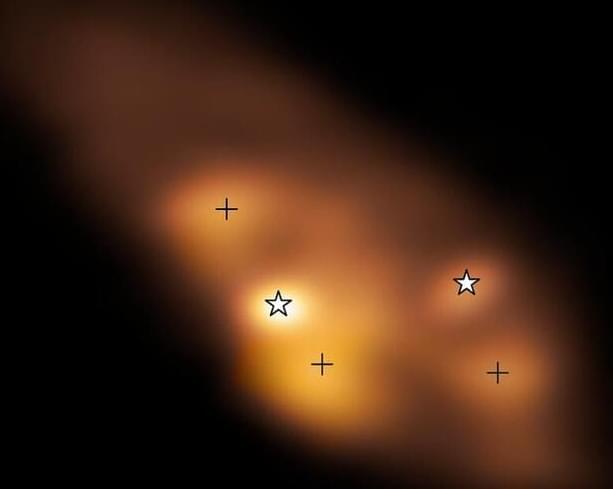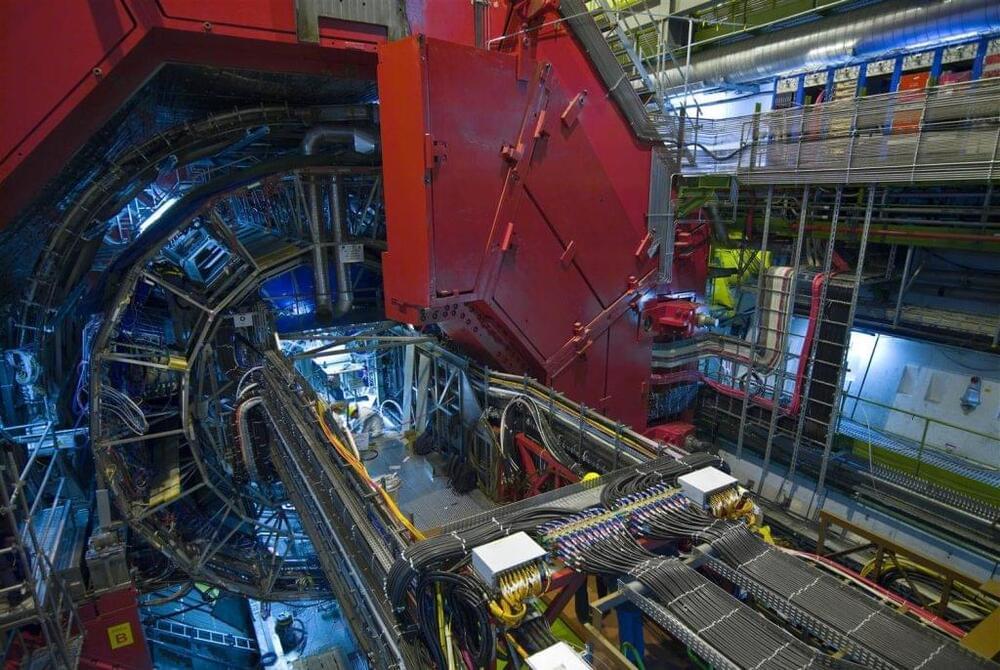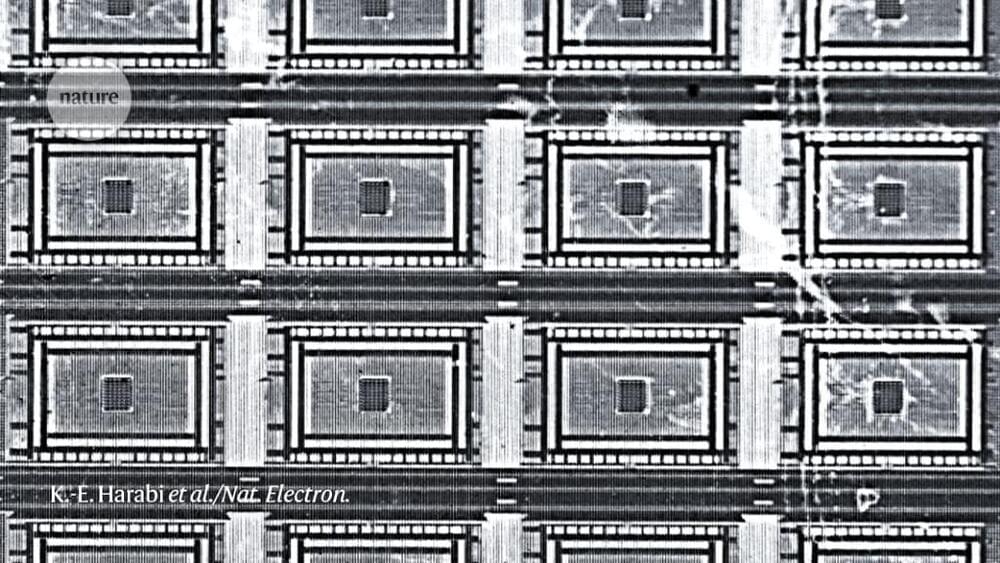Chip foundry Taiwan Semiconductor Manufacturing plans to start mass production of chips using its 3-nanometer process technology.



This year’s Nobel Prize in Physics celebrated the fundamental interest of quantum entanglement, and also envisioned the potential applications in “the second quantum revolution”—a new age when we are able to manipulate the weirdness of quantum mechanics, including quantum superposition and entanglement. A large-scale and fully functional quantum network is the holy grail of quantum information sciences. It will open a new frontier of physics, with new possibilities for quantum computation, communication, and metrology.
One of the most significant challenges is to extend the distance of quantum communication to a practically useful scale. Unlike classical signals that can be noiselessly amplified, quantum states in superposition cannot be amplified because they cannot be perfectly cloned. Therefore, a high-performance quantum network requires not only ultra-low-loss quantum channels and quantum memory, but also high-performance quantum light sources. There has been exciting recent progress in satellite-based quantum communications and quantum repeaters, but a lack of suitable single-photon sources has hampered further advances.
What is required of a single-photon source for quantum network applications? First, it should emit one (only one) photon at a time. Second, to attain brightness, the single-photon sources should have high system efficiency and a high repetition rate. Third, for applications such as in quantum teleportation that require interfering with independent photons, the single photons should be indistinguishable. Additional requirements include a scalable platform, tunable and narrowband linewidth (favorable for temporal synchronization), and interconnectivity with matter qubits.

As a general rule, if you want sight, you need light. You’re only reading this right now thanks to the light from your screen being beamed onto your retinas, converted into electrical signals, and sent up the optic nerve for your brain to interpret as a bunch of words and images.
But what if you could see things without all that rigamarole? It might sound impossible – perhaps even counter to the very definition of sight – but thanks to the bizarre world of quantum mechanics, it’s actually perfectly possible.
“Since the inception of quantum mechanics, the quest to understand measurements has been a rich source of intellectual fascination,” notes a new paper published this month.

Check out all the on-demand sessions from the Intelligent Security Summit here.
It’s as good a time as any to discuss the implications of advances in artificial intelligence (AI). 2022 saw interesting progress in deep learning, especially in generative models. However, as the capabilities of deep learning models increase, so does the confusion surrounding them.
On the one hand, advanced models such as ChatGPT and DALL-E are displaying fascinating results and the impression of thinking and reasoning. On the other hand, they often make errors that prove they lack some of the basic elements of intelligence that humans have.

What were the first moments of the Universe like? It’s a mystery that scientists have been trying to unravel for decades. The ALICE collaboration at CERN is a specialist in the subject: this detector (A Large Ion Collider Experiment) was designed to study quark-gluon plasma, a phase of matter that would have existed just after the Big Bang. And the team recently succeeded in recreating and characterizing this very first hypothetical material, using the Large Hadron Collider (LHC).

Nature, red in tooth and claw, is rife with organisms that eat their neighbors to get ahead. But in the systems studied by the theoretical ecologist Holly Moeller, an assistant professor of ecology, evolution and marine biology at the University of California, Santa Barbara, the consumed become part of the consumer in surprising ways.
Moeller primarily studies protists, a broad category of unicellular microorganisms like amoebas and paramecia that don’t fit within the familiar macroscopic categories of animals, plants and fungi. What most fascinates her is the ability of some protists to co-opt parts of the cells they prey upon. Armed with these still-functioning pieces of their prey, the protists can expand into new habitats and survive where they couldn’t before.

Commercial Purposes ► [email protected].
–
The kind of rapid technological advancement that humanity has seen in the last 100 years has been the story of the century. Thanks to this rapid advancement, the idea that humanity is approaching a “singularity” has moved from the realm of science fiction to a concern for serious scientific debate. Some people believe that AI will take over the world soon. In fact, some experts predict that this technological singularity will happen within the next 30 years. The idea that artificial intelligence will take over the world and humans will no longer be in charge is scary and opens up the stage for serious debate. Today we are on the brink of a technologically activated change that will fundamentally disrupt every human affair and the entire human ecosystem, as it exists today. SO what is technological singularity? And how will it change our very own reality? Let’s understand it.
-
“If You happen to see any content that is yours, and we didn’t give credit in the right manner please let us know at [email protected] and we will correct it immediately”
“Some of our visual content is under an Attribution-ShareAlike license. (https://creativecommons.org/licenses/) in its different versions such as 1.0, 2.0, 30, and 4.0 – permitting commercial sharing with attribution given in each picture accordingly in the video.”
Credits: Ron Miller, Mark A. Garlick / MarkGarlick.com.
Credits: NASA/Shutterstock/Storyblocks/Elon Musk/SpaceX/ESA/ESO/ Flickr.
00:00 Intro.
2:54 what is a singularity.
7:08 what happens to human intelligence.
8:10 Elon Musk — Neuralink.
8:56 when will technological singularity occur?
#insanecuriosity #technologicalsingularity #ai

The Royal Meteorological Society, which runs the Weather Photographer of the Year competition, has posed an intriguing question: Can artificial intelligence (AI) win a photography competition?
To answer this, the Society drew up a Turing test in which the viewer is invited to guess which is an AI image and which is an actual award-winning photo.
The Turing test, created by Alan Turing in 1950, is a test of a machine’s ability to exhibit intelligent behavior indistinguishable from a human.